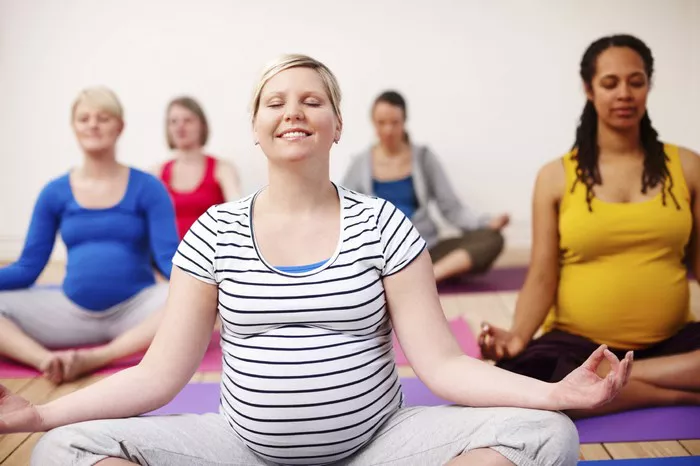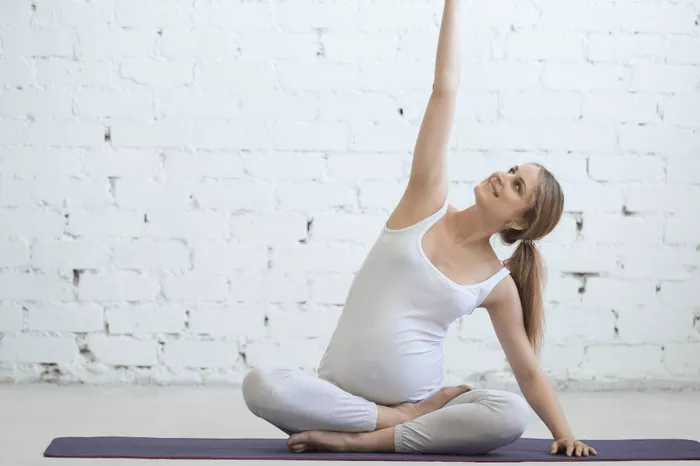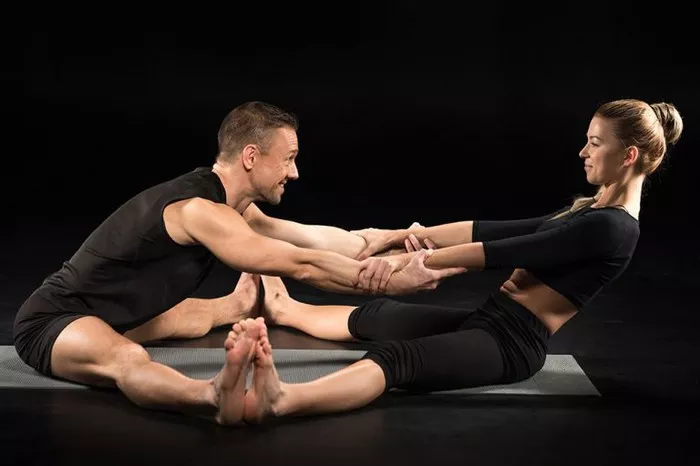Yoga is a diverse practice with many styles, each offering unique benefits and challenges. Among the many styles, Ashtanga Yoga often stands out as one of the most demanding. But is Ashtanga truly the hardest form of yoga? To answer this, we must explore what makes Ashtanga challenging, compare it with other yoga styles, and understand whether “hardest” means physically demanding, mentally challenging, or requiring the most dedication.
What is Ashtanga Yoga?
Ashtanga Yoga is a dynamic and structured form of yoga developed by Sri K. Pattabhi Jois in the 20th century. It follows a strict sequence of postures, linked together with Vinyasa, a flowing movement synchronized with breath. The practice consists of six progressively challenging series:
- Primary Series (Yoga Chikitsa – Yoga Therapy) – Focuses on detoxifying the body and aligning the spine.
- Intermediate Series (Nadi Shodhana – Nervous System Cleansing) – Works on purifying the nervous system and deeper layers of flexibility.
- Advanced Series (Sthira Bhaga – Strength and Grace) – Requires extreme strength, balance, and flexibility.
Unlike other yoga styles that allow modifications and variations, Ashtanga requires practitioners to master each pose in sequence before moving to the next, making it highly disciplined and physically intense.
Why is Ashtanga Considered Difficult?
1. Physical Intensity
Ashtanga is a physically rigorous practice that builds strength, endurance, and flexibility. The continuous flow of movement demands cardiovascular endurance, and many postures require extreme flexibility, such as deep backbends, arm balances, and binds.
The Advanced Series is especially tough, with one-legged arm balances, deep twists, and gravity-defying transitions. Unlike other yoga styles where students can modify or skip difficult poses, in Ashtanga, you must fully master each before progressing.
2. Consistency and Commitment
Traditional Ashtanga is meant to be practiced six days a week, with only one rest day. The repetitive nature of the sequences can be mentally exhausting, as students perform the same postures daily.
Unlike other yoga styles that allow creative sequencing or theme-based classes, Ashtanga follows a strict formula. Some find this structure helpful, while others struggle with its rigid nature.
3. Breath and Bandhas Control
Ashtanga emphasizes Ujjayi breath (a specific breathing technique) and Bandhas (internal energy locks), which must be maintained throughout the practice. Learning to synchronize breath with movement while keeping engagement in core muscles requires a high level of focus and discipline.
4. Mental and Emotional Challenge
Ashtanga is not just physically demanding but also mentally and emotionally challenging. The strict routine can bring up frustration, boredom, and even self-doubt. It requires a strong mindset, patience, and resilience to continue, especially when progress feels slow.
Many practitioners go through phases of struggle, known as “Ashtanga walls,” where they feel stuck in their practice. Overcoming these mental blocks is part of the journey.
Comparing Ashtanga with Other Challenging Yoga Styles
To determine if Ashtanga is truly the hardest yoga, let’s compare it with other physically and mentally demanding styles.
1. Bikram Yoga (Hot Yoga)
Bikram Yoga consists of 26 postures and two breathing exercises, practiced in a room heated to 105°F (40°C) with 40% humidity. The heat intensifies the challenge, making it exhausting and sweaty.
- Difficulty Level: The heat adds an extra layer of challenge, but the sequence remains the same, making it somewhat predictable.
- Harder than Ashtanga? Physically intense, but it lacks the complex transitions and advanced poses of Ashtanga.
2. Power Yoga
Power Yoga is a dynamic, strength-focused Vinyasa practice, often incorporating elements of fitness, core work, and endurance.
- Difficulty Level: Similar to Ashtanga in terms of physicality but with more freedom in sequencing.
- Harder than Ashtanga? It can be just as intense, but Ashtanga’s rigid structure and progression system make it more demanding in the long run.
3. Iyengar Yoga
Iyengar Yoga emphasizes precise alignment and long holds in postures, often using props. Some poses are held for minutes, requiring immense focus and muscular endurance.
- Difficulty Level: Holding poses for extended periods can be mentally and physically exhausting.
- Harder than Ashtanga? Different challenge—more about endurance than continuous flow.
4. Kundalini Yoga
Kundalini Yoga focuses on breathwork, meditation, and repetitive movements (kriyas) designed to awaken inner energy. It is mentally and spiritually intense.
- Difficulty Level: Less about physical endurance and more about mental stamina.
- Harder than Ashtanga? It depends on whether mental or physical difficulty is the measure.
Is Ashtanga the Hardest?
There is no absolute “hardest” yoga because difficulty is subjective and depends on individual strengths. However, Ashtanga is certainly one of the most physically demanding and mentally rigorous styles due to its strict structure, repetitive sequences, and lack of modifications.
- For physical endurance? Yes, Ashtanga ranks among the toughest.
- For flexibility? Advanced Ashtanga requires extreme flexibility.
- For mental discipline? Ashtanga demands patience, consistency, and perseverance.
- Compared to other styles? Bikram is hot, Power Yoga is strength-based, Iyengar is precise, and Kundalini is mentally deep—but Ashtanga combines many elements, making it exceptionally challenging.
For beginners, Ashtanga may feel overwhelming, while for advanced yogis, it becomes a structured way to deepen practice. Ultimately, the hardest yoga is the one that challenges you the most—whether physically, mentally, or emotionally.
Who Should Try Ashtanga?
- Those who love structure and discipline
- Individuals looking to build strength, endurance, and flexibility
- Yogis who enjoy a rigorous, sweat-inducing workout
- People seeking a long-term, progressive practice
However, if you prefer variety, creative sequencing, or a more relaxed pace, Ashtanga may feel restrictive.
Final Thoughts
Ashtanga Yoga is one of the hardest yoga styles due to its physically intense sequences, strict structure, and mental demands. However, difficulty is subjective—what feels hard for one person may feel natural for another.
If you enjoy a challenge, discipline, and progression, Ashtanga is an incredible journey. But if you prefer flexibility in sequencing, other styles may be more suitable.
Ultimately, the “hardest” yoga is the one that pushes your limits—physically, mentally, or emotionally. No matter which style you choose, yoga is about growth, awareness, and self-discovery.
Related Topics:













